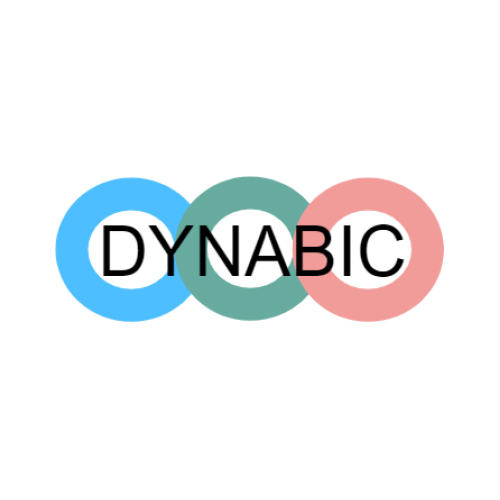Dynamic business continuity of critical infrastructures on top of adaptive multi-level cybersecurity

Improving the critical infrastructure (CI) capacities in preparedness, detection and response phases requires the attention to the human factor as well as the collaboration of heterogeneous organisations involved in the CI development and operation, ensuring a continuum of care, just as it is done for other ICT systems with the adoption of SecDevOps approaches. DYNABIC Consortium believes that the adoption of defensive AI and novel approaches to continuous business risk management based on enhanced SecDevOps can drastically improve critical services resilience. Furthermore, AI-based self-healing and autonomous response automation can greatly help to achieve fast and efficient recovery and enable the provision of fully resilient critical services to European citizens.
The strategic objective of DYNABIC is to increase the resilience and business continuity capabilities of European critical services in the face of advanced cyber-physical threats. This objective will be pursued by delivering new socio-technical methods, models and tools to support resilience through holistic business continuity risk management and control in operation, and dynamic adaptation of responses at a system, human and organization planes.
DYNABIC will deliver the DYNABIC Framework that will enable OES to predict, quantitatively assess and mitigate in real-time business continuity risks and their potential cascading effects. Furthermore, it will enable the dynamic autonomous adaptation of critical infrastructures to meet Resilience goals through the automatic optimization and orchestration of response strategies.
The DYNABIC framework will be validated in two types of demonstrations: i) Smart Preparedness, prevention and Response to Business Disruption risks in 4 critical infrastructures and supply chains (EV charging stations, Critical transport services, Telco services, and Hospital services), and i) Smart Preparedness and Response to Cascading Business Disruption risks in interconnected CIs.